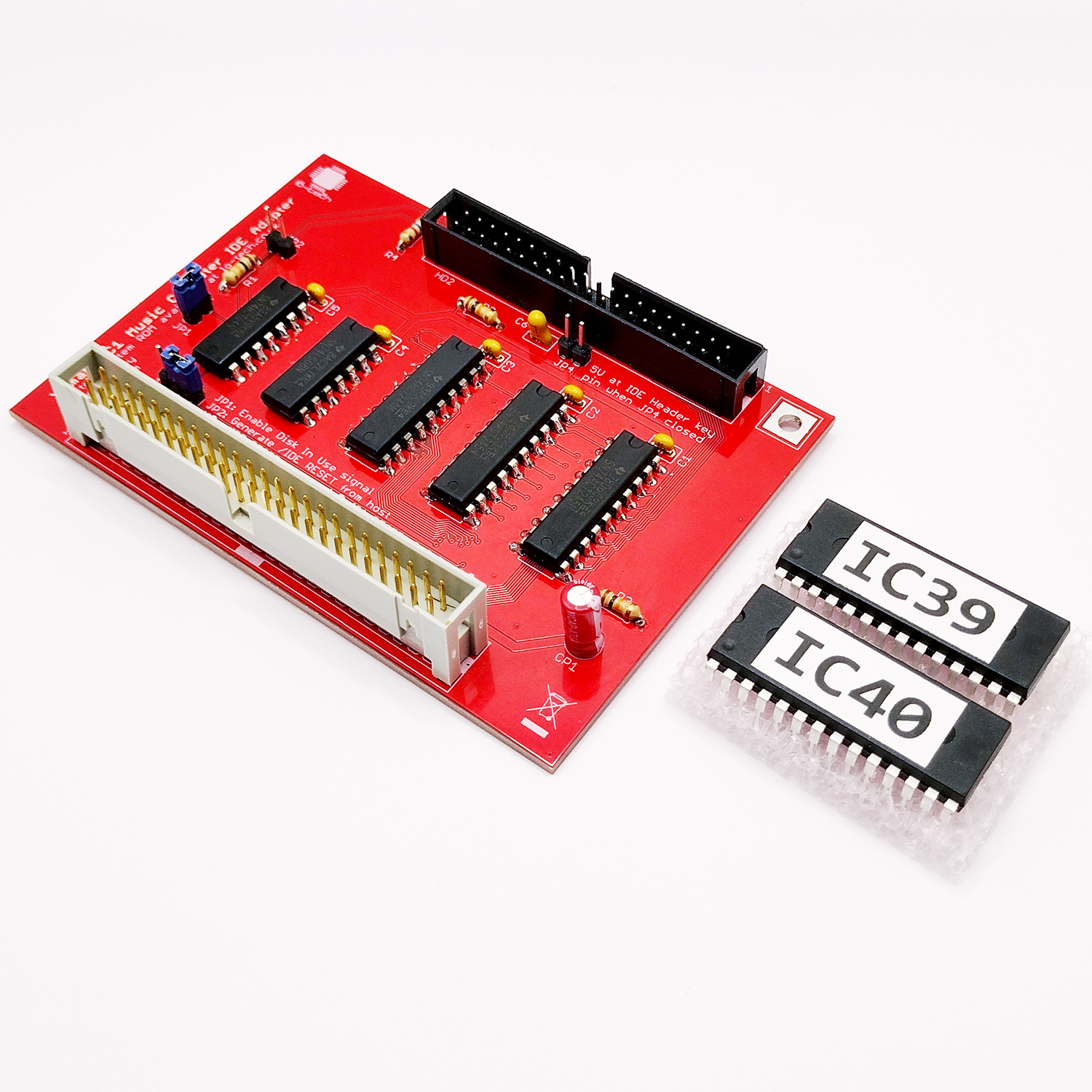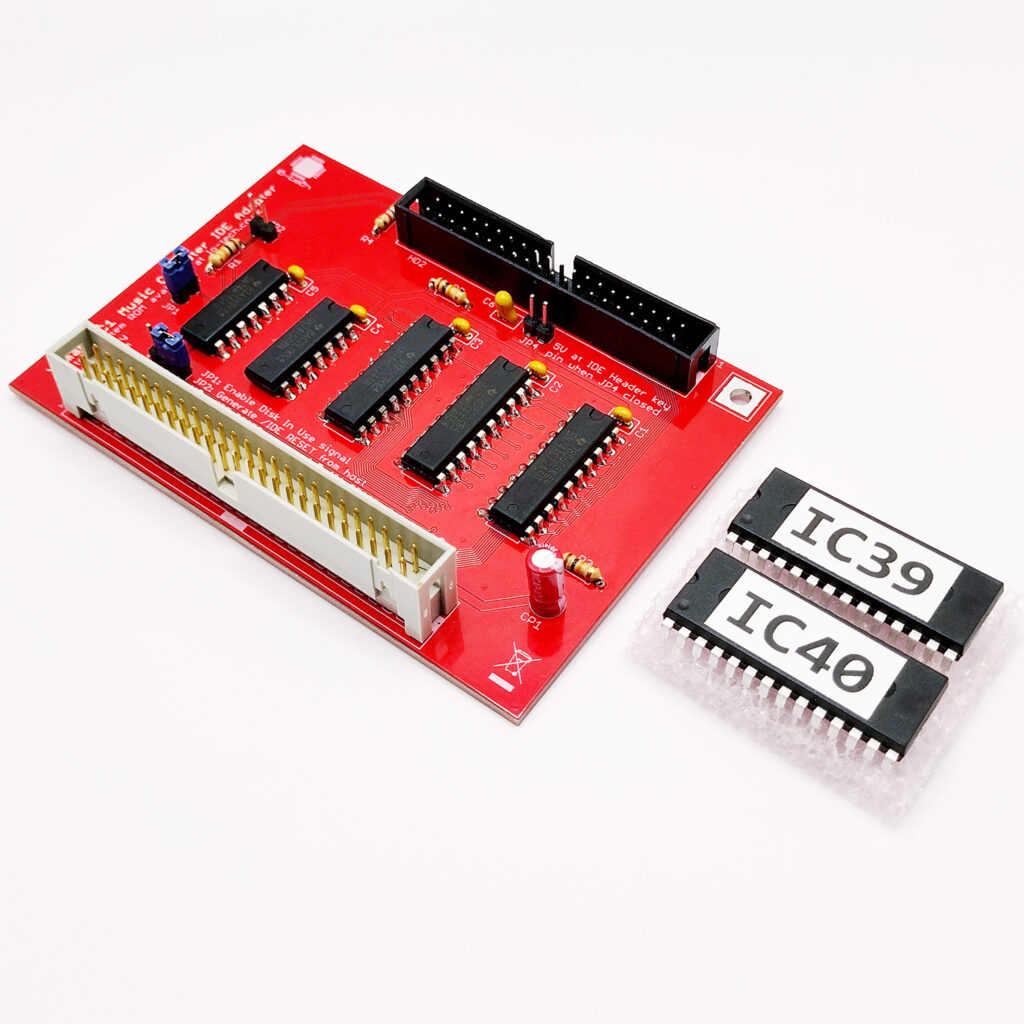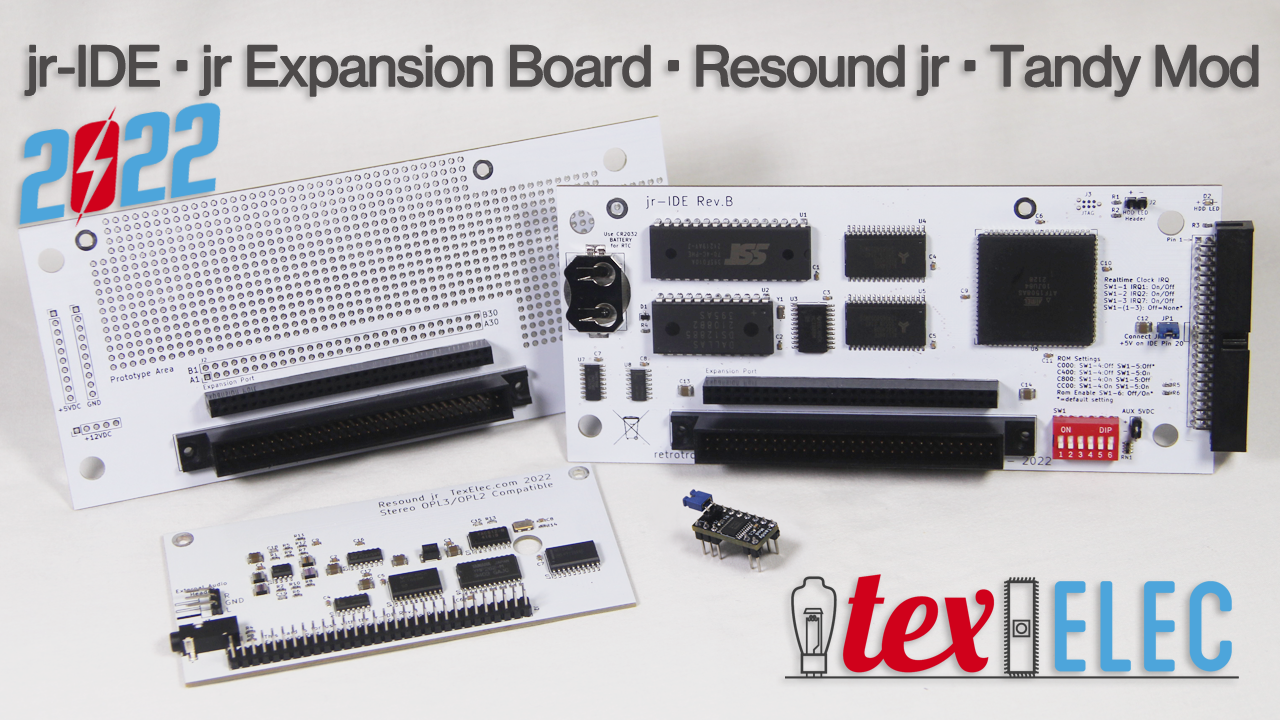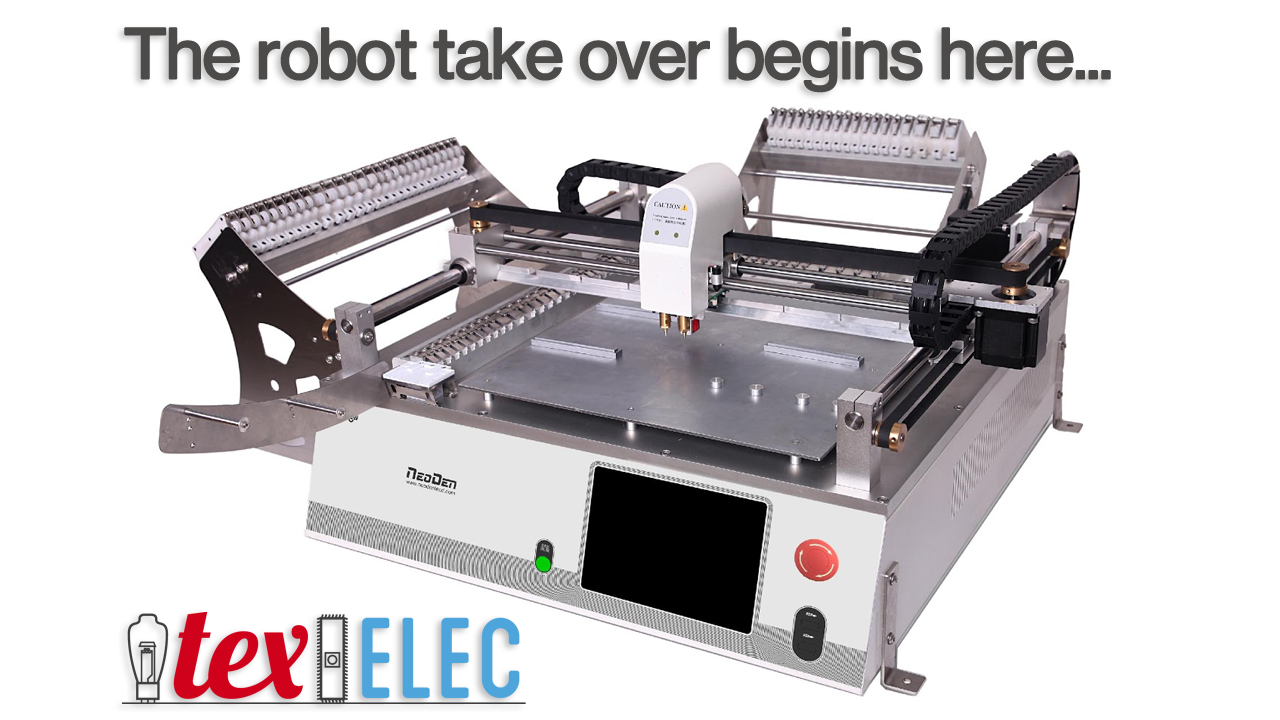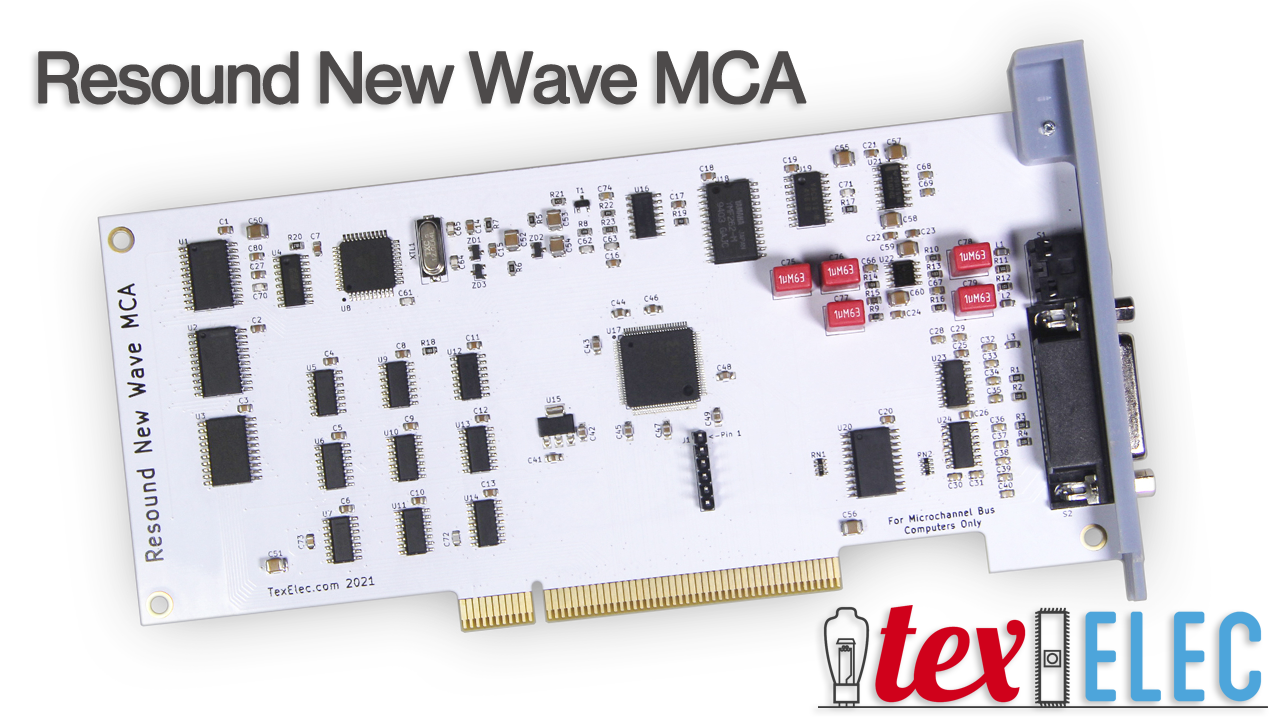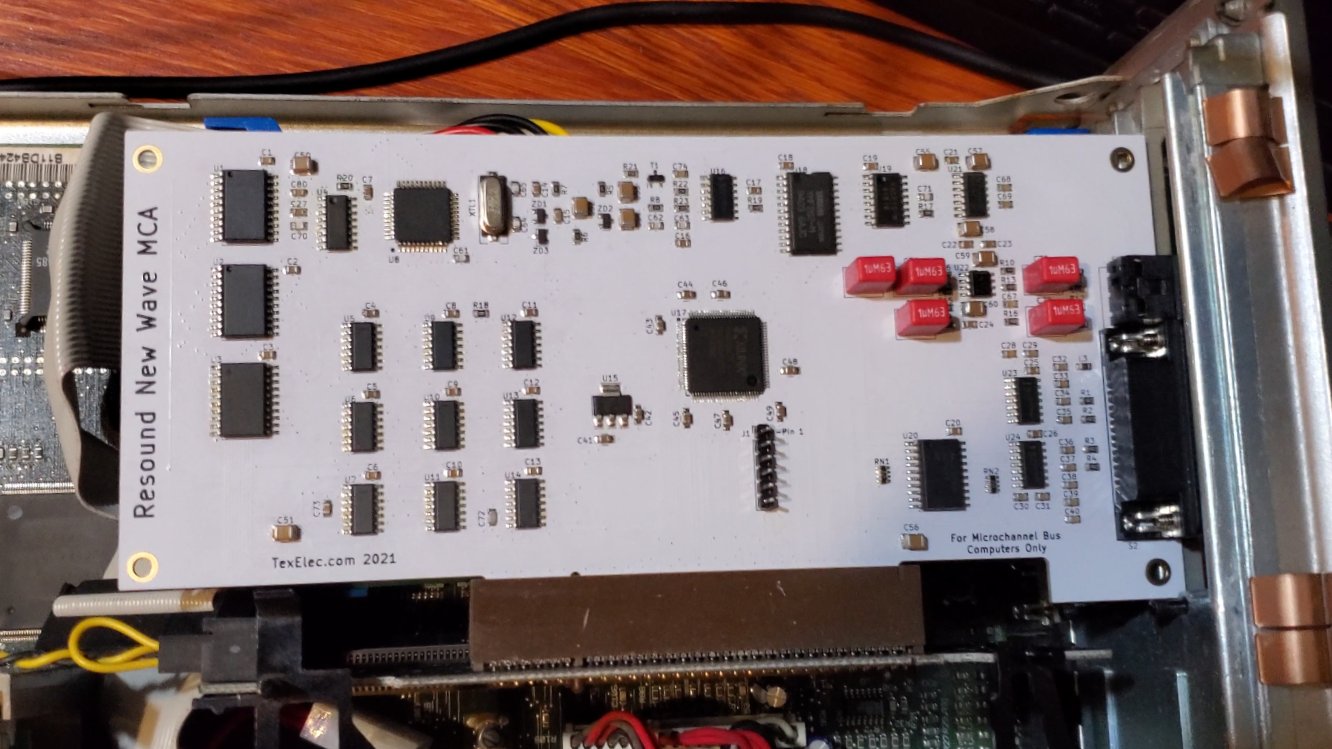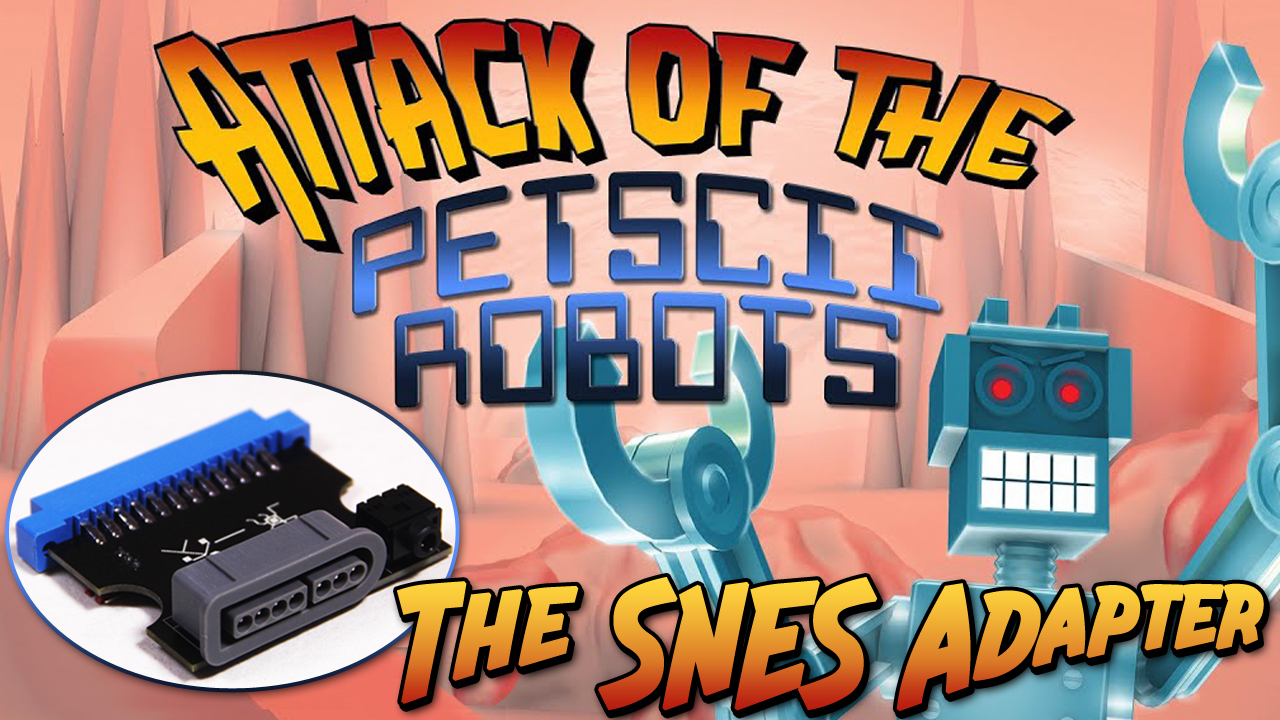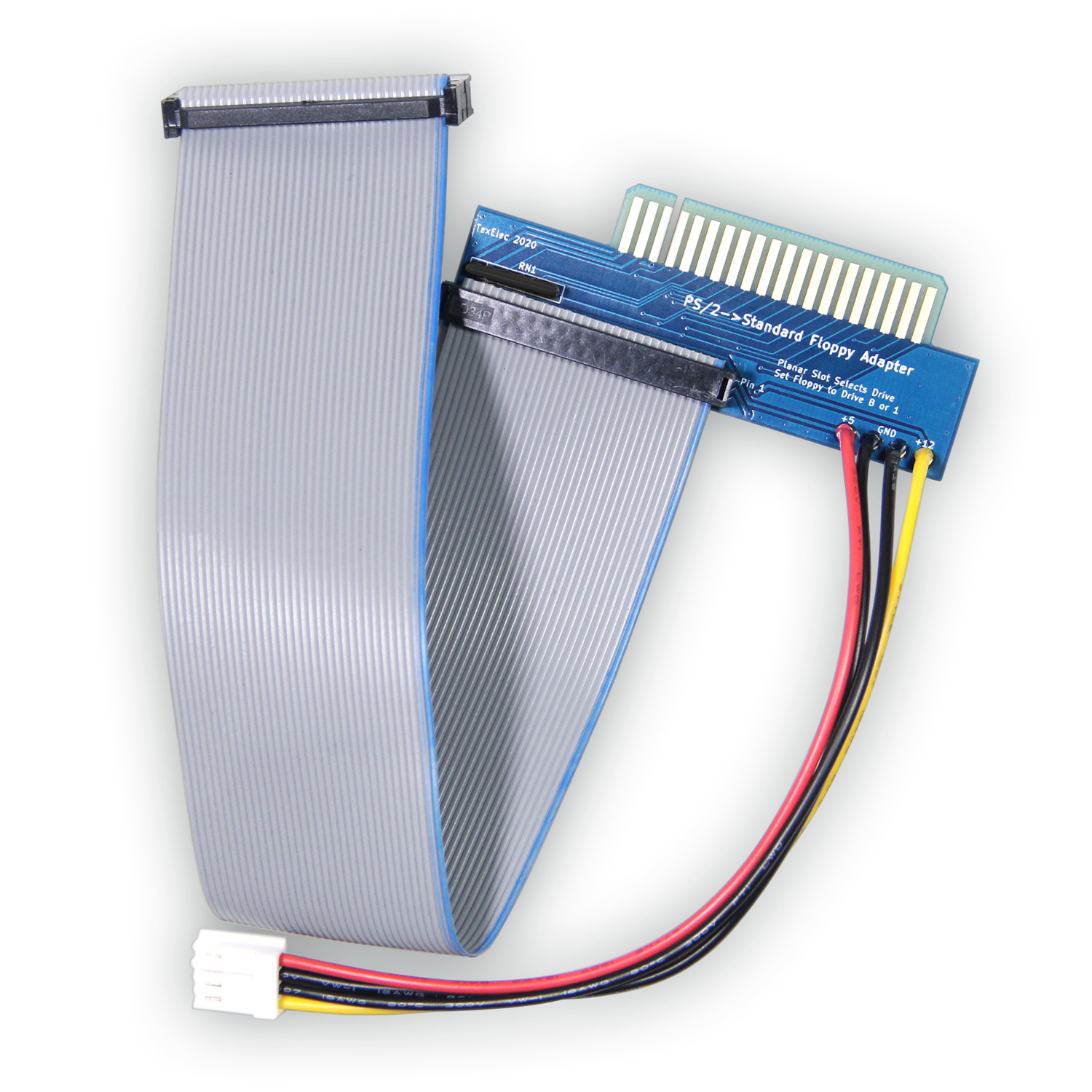Hello everyone!
TLDR alert! But… we have three new boards to announce! We also have an update on a few older products but first, we are officially announcing the release of the X16 Dual MIDI / Wavetable Card. This card will allow you to drive your external MIDI equipment, as well as a standard 26-pin wavetable module from your Commander X16! Melodious now supports MIDI playback and you can play the MIDI enhanced version of Attack of the Petscii Robots with any General MIDI device.
Speaking of general MIDI devices, our second product announcement is the Little Dreamer wavetable module. This small module uses the Dream SAM2695 single IC MIDI synthesizer. This low-cost module packs a powerful punch for its size. Not only does it boast an impressive General MIDI instrument set, but also an MT-32 sample set which sounds very nice. This is the sound chip the 8-Bit Guy used in his recent X16 update video. Hear it in action here: X16 2024 Update
The final new product is one I developed while working on the Little Dreamer, and that is the USB MIDI Wavetable Header. This simple device uses a single USB to MIDI IC and has the circuitry to drive most standard 26-pin wavetable modules. Just plug it in, and use it with your favorite MIDI enabled software, or use your wavetable as a synth in favorite DAW!
You may have noticed the X16 Network / Serial card has been out of stock for some time now. A HW bug was brought to our attention which caused the interrupt to fail. We had worked out a patch to resolve this issue, but a larger issue appeared as we worked through ANSI support for ROMTERM. In a nutshell, I redesigned the card making sure the data lines stay completely away from the ESP32 module.
As we were testing the network card, another issue became apparent with the 90-degree riser board used by Lazer3D cases. The problem is very intermittent, but it did seem to cause enough reflection for occasional failures. We did more testing and redesigned this card with signal termination. The terminators seem to resolve enough reflection to fix any remaining gremlins.
We finally feel that we’ve done enough testing to release them both for sale again. If you own a riser or network card purchased before Oct 2024, please contact us and we’ll replace them free of charge. Please accept our apologies for the issues, but we want to make sure everyone has what they paid for. We haven’t received the final PCBs; they arrive later this week, but I wanted to make the announcement asap. Please also allow us a little time to get them built. If you do happen to place an order for another card, please let us know so we can send your replacement riser and/or network card along at the same time.
Whew!
Thank you all so much for supporting TexElec and the Commander X16! We are privileged to serve the vintage computing community, and we couldn’t do it without you!

